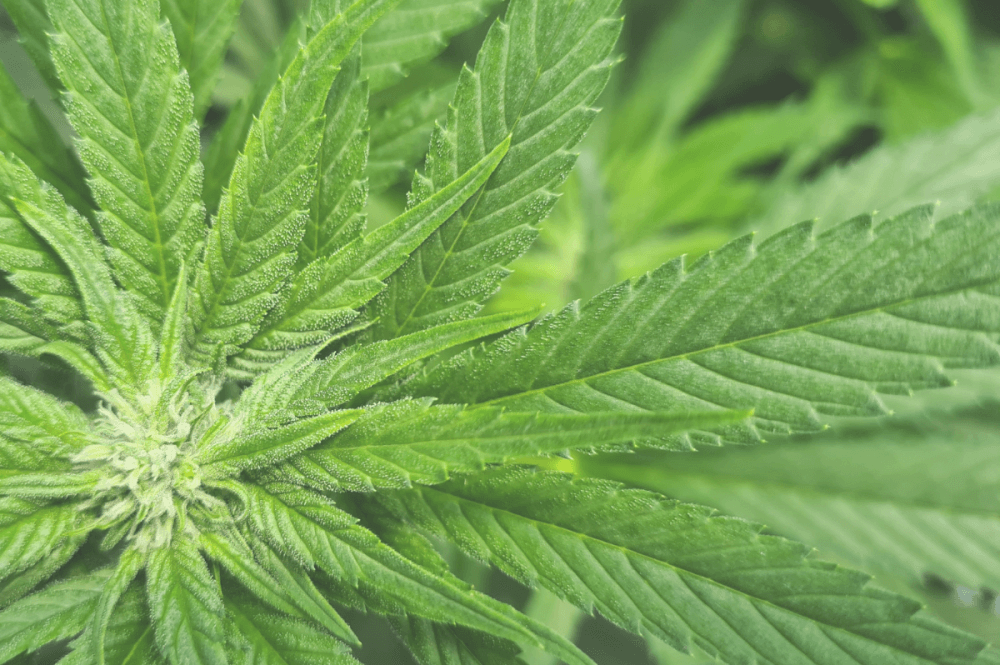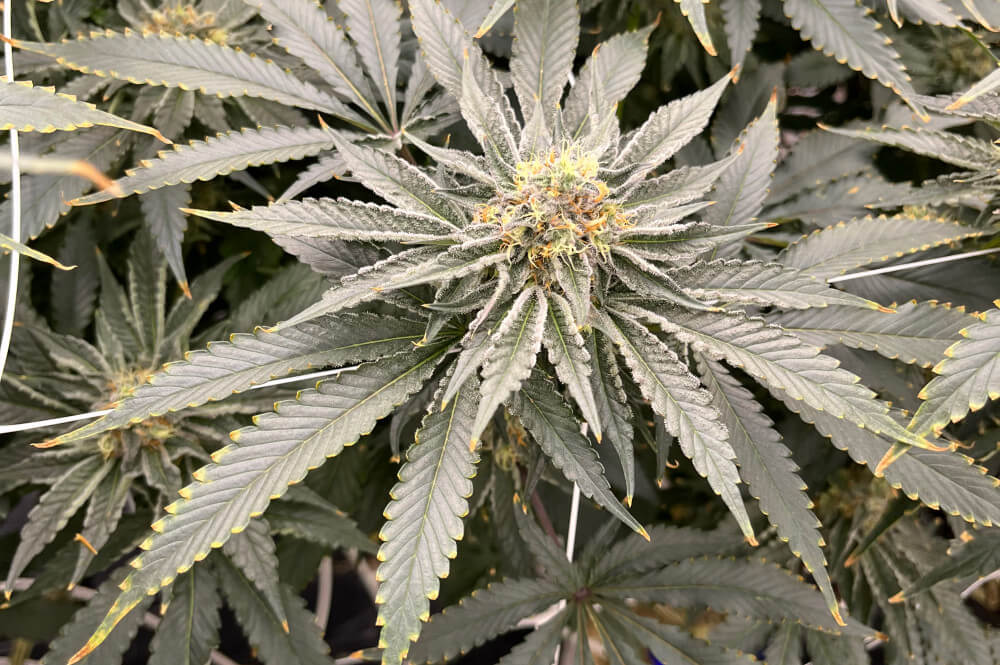.jpg)
What is Stone Wool?
4 October 2022
Sustainable, Clean, and Efficient. Our Stone Wool story
The global demand for healthy, safe, fresh, and local produce has been rapidly increasing. Among many things, it requires nutritious produce and a sustainable approach to cultivation. Sustainability can be defined in several ways, but an Important one is reduction of the carbon footprint and/or use of resources such as water and fertilizers. As water scarcity is becoming more pronounced and soils turn more saline, optimal use of water is required as well as reducing emissions into the environment becomes a necessity and a daily task for growing businesses. Horticultural approaches offer a wide variety of applicable cultivation systems, from which substrate choice is leading in water and fertilizer use efficiency.
How it's made
Cultiwool stone wool is a natural product manufactured from rocks such as basalt and anorthosite. Both raw materials are plentiful on the earth and are inexhaustible due to volcanic eruptions continuously resupplying the consumed amount. The basaltic rock is melted with 1,600°C (2,912°F) into a liquid substance. From this liquid substance, fibres are spun by high tech fiberizing machines where a binder is added and collected on a belt to form a blanket.
By adjusting the amount of pressure, fibre diameter can be controlled and by adjusting the speed of the belt the density of the media is adjusted. The blanket is cooled down in a furnace with different temperature compartments and different airflows where the stone wool get the firmness and final quality. The blanket is cut into large boards and the basis of the different stone wool substrates is born. From this basis we produce our plugs, blocks and slabs, amongst other products.
Take advantage
Cultiwool stone wool offers essential benefits. This product is clean and hygienic, therefore, no need to disinfect it or process it in any way. You can start your crop uniform and consistently across all plants. All plants have the same amount of nutrient solution available in the substrate. This means that the water use efficiency is higher while the amount of needed fertilizers decreases as the grower can easily recycle and re-use drain water in his growing facility. It not only saves money for the grower, as less nutrients has to be applied but also increases sustainability as it reduces the footprint. Not less important, the advantage of giving all plants the same exact amount of water and nutrients results in crop uniformity, which is crucial for the cultivation processes to maintain high-quality production and good yield.
Scheme of a closed system with reuse of drain water after disinfection. Source: International Potash Institute

On this website you will find more information about our stone wool substrates and instructions for optimum use! If you have any question, remark, or request, please feel free to contact us here, or via our Facebook and Instagram accounts.
More items

Where can I find Cultiwool?
Discover more about our Cultiwool network



